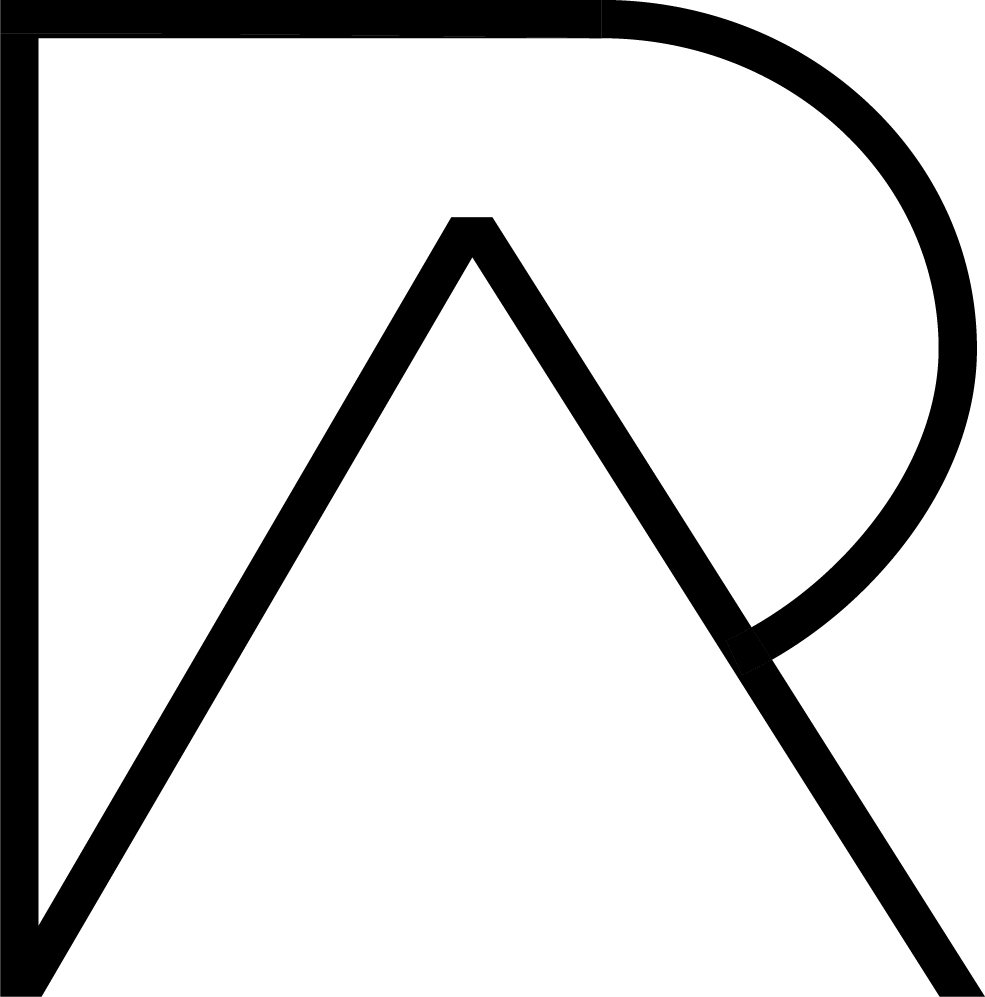Bio
About the artist
Paul Reding
I’m a 27-year-old artist from South Louisiana, where art has always been central to how I see and move through the world. I was the kid who preferred a pencil and sketchpad over toys, constantly drawing and observing the details around me. While I didn’t take the traditional route of studying Fine Art, I earned a degree in Industrial Design from the University of Louisiana at Lafayette, a path that taught me how form, function, and emotion can coexist within design and composition.
Art has remained a constant source of grounding and growth in my life. It’s taught me patience, perseverance, and how to slow down long enough to notice the subtle moments others might overlook—the way light filters through trees at dusk, or the weathered textures of a coastal structure long exposed to the elements. Outside of my studio, I balance a full-time career and family life, both of which continue to shape my work with perspective, gratitude, and purpose. My creative journey is ongoing, and I’m thankful for those who choose to walk alongside it.
My work
I’m an experimental artist rooted in large acrylic paintings, with a focus on southern and coastal subjects—boats, camps, bayou landscapes, and local wildlife. My work often revolves around themes of memory, resilience, and place. These scenes are more than simple depictions; they’re reflections of stories, emotions, and the quiet endurance found in familiar environments. Each painting is part of a larger process of exploration—learning through trial, returning to past techniques, and discovering new rhythms within the work. Color plays a central role in my storytelling. I use it not only to capture light and atmosphere, but also to evoke emotion—balancing contrast, tone, and saturation to communicate something felt rather than spoken. My goal is to create paintings that resonate on both a visual and emotional level, leaving space for the viewer’s own connection and interpretation.
Creative process
My creative process is fluid, shifting with each series and season. Inspiration often arrives in fragments—a specific color palette, a photograph, or a passing moment that sparks a feeling. I rarely begin with a full vision; instead, I start with a sense of direction and allow the painting to unfold naturally. As layers build, textures form, and colors shift, the piece begins to guide me. It’s a conversation between intention and intuition.
Sometimes I begin with a narrative or emotional concept, other times with something as simple as the light hitting water or the silhouette of a trawl boat at dusk. Much of my subject matter comes from what surrounds me—the marshes, weathered docks, and slow-moving waters of South Louisiana. These familiar elements become symbols of reflection and endurance, echoing the human experience.
My work aims to capture both the seen and the unseen—to express the physical presence of a place while also inviting viewers to explore their own inner landscapes. Through deliberate choices in color, composition, and style, I strive to create paintings that feel familiar and reflective—a space where observation meets emotion. Each piece serves as a quiet reminder that art is more than what we see; it’s what it awakens within us, guiding us toward deeper self-awareness and a truer understanding of who we are.


